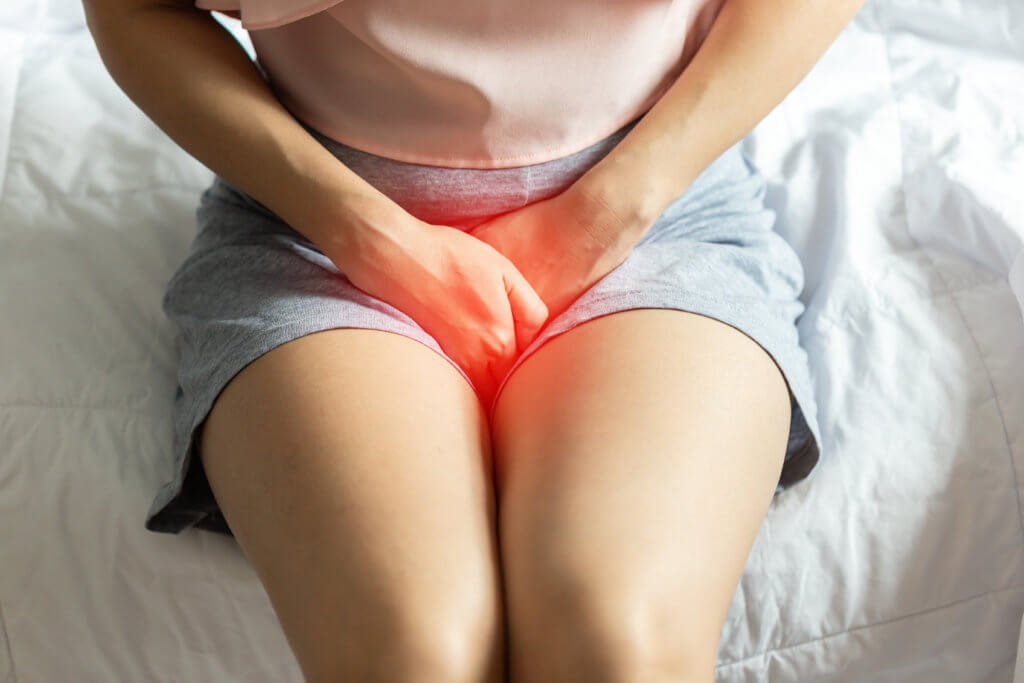KUNMING, China — Extended periods of sitting, even during leisure activities, can potentially double a woman’s risk of developing fibroids, new research warns. Study authors report that sitting for six hours or more daily significantly heightens the chances of developing these growths.
What are fibroids?
- They are benign growths arising in or around the uterus
- Fibroids often remain undetected due to their symptomless nature
- Symptoms can include heavy menstrual bleeding, back pain, frequent urination, and pain during sex
According to the research, the likelihood of developing these noncancerous yet sometimes substantial and painful growths appears to increase proportionally with the amount of time spent sitting or lying down throughout the day. Sitting for prolonged periods is also implicated in the development of other estrogen-dependent tumors, including those of the endometrial, ovarian, and breast types.
The team from Kunming Medical University in China analyzed data from 6,623 women between the ages of 30 and 55, drawn from a larger group of 99,556 participants. The collected data encompassed a wide range of information, including menstrual and reproductive history, the number of children and age at first childbirth, contraceptive usage, leisure time spent in sedentary activities, physical exercise, diet, and body measurements.
Leisure activities considered sedentary ranged from playing board games and screen time to reading and knitting. Out of the women studied, 562, or 8.5 percent, were found to have uterine fibroids, with their prevalence increasing with the participants’ age.
Several factors were linked with the presence of uterine fibroids, including:
- Body weight
- Number of live births
- Menstrual status
- Time elapsed since the last live birth
- Levels of physical activity
- Time spent in sedentary leisure activities

The risk escalated with the duration of sedentary leisure time, notably so for women who engaged in such activities for six or more hours daily, having double the risk compared to those who spent less than two hours.
Moreover, this risk is five times higher for perimenopausal women. The researchers theorize that this association could be due to higher obesity rates in individuals who are more sedentary, with obesity being a known risk factor for fibroids.
“Uterine fibroids are the most common benign tumors in women of childbearing age, varying in prevalence from four and a half percent to 69%. These growths may not produce any symptoms, but they may also be associated with abnormal bleeding, pelvic and abdominal pain, and infertility, among other things,” says Dr. Qiong Meng from the university’s School of Public Health, in a media release. “This cross-sectional study, based on the natural population, showed that sedentary leisure time has a linear positive correlation with uterine fibroids, indicating that it may be an independent risk factor.”
The study is published in the journal BMJ Open.
South West News Service writer Isobel Williams contributed to this report.

